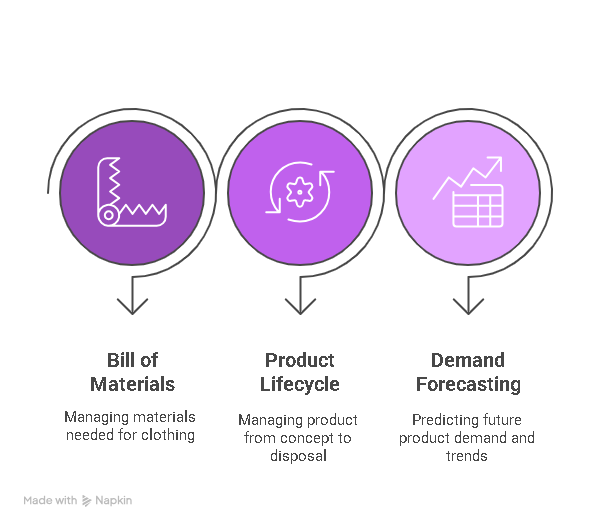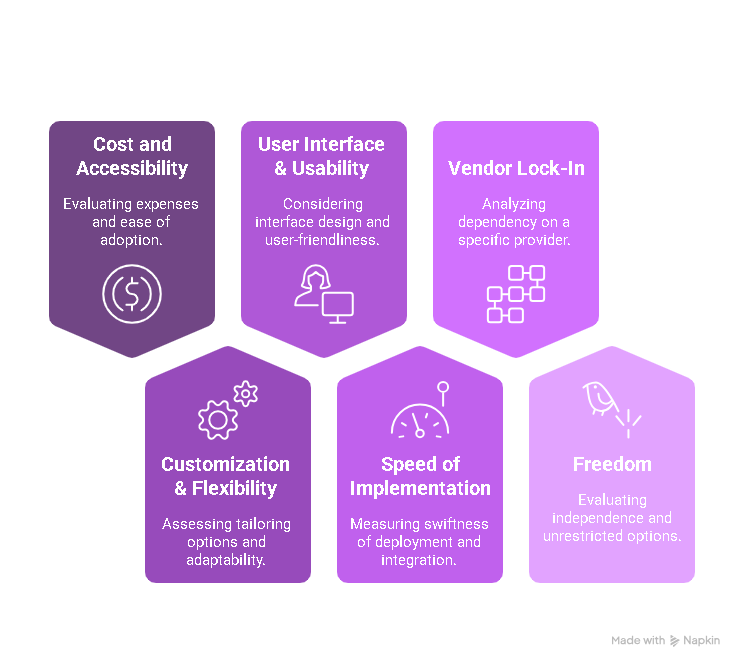Introduction
In the fast-paced fashion and apparel industry, managing operations from design to delivery is a complex task. Businesses today need more than just basic software — they need a comprehensive solution. This is where ERP systems come in. But is Odoo ERP the right choice for your fashion business? Let’s explore why Odoo is quickly becoming the best ERP for apparel manufacturers in 2025.
Understanding the ERP Needs of the Fashion and Apparel Industry
Common Challenges in the Garment Manufacturing Sector
Fashion and garment manufacturers often struggle with inventory tracking, production planning, order management, and seasonal demand forecasting. Many small and mid-sized fashion brands lack a centralized system, leading to delays, overstocking, and lost revenue.
Role of ERP in Addressing These Challenges
An ERP system for textile business brings all operations under one roof, allowing for real-time visibility, improved efficiency, and smarter decision-making. For the fashion industry, this means faster go-to-market times and reduced waste.
Why Odoo ERP is a Perfect Fit for Fashion Businesses
Inventory Management in Fashion with Odoo
Odoo simplifies inventory management in fashion by offering real-time tracking of raw materials and finished products. You can manage multiple warehouses, colors, sizes, and SKUs easily—perfect for fast-moving apparel businesses.
Production Planning & Workflow Automation
Garment order processing is seamless with Odoo. You can create customized workflows, automate clothing manufacturing ERP processes, and minimize manual work with smart production scheduling.
Retail POS and Sales Integration for Apparel
Whether you're running a boutique or a large retail chain, Odoo offers a powerful retail POS for fashion industry, integrated directly with your inventory, CRM, and sales channels.
Key Features of Odoo ERP for Apparel Brands
BOM (Bill of Materials) for Clothing Manufacturing
With Odoo, you can create a flexible BOM for clothing manufacturing, including fabric, stitching, trims, and labels—essential for controlling costs and ensuring quality.
Product Lifecycle Management for Fashion Products
Track each design from concept to clearance sale. Odoo’s product lifecycle management for fashion products gives designers, merchandisers, and production managers full visibility into every stage.
Demand Forecasting in the Apparel Industry
Avoid overproduction or understocking with Odoo’s smart demand forecasting in apparel. It uses past sales data and trends to suggest optimal stock levels.

Odoo ERP vs Traditional ERP Solutions
Choosing the right ERP can make or break your fashion or apparel business. While giants like SAP and Oracle have long dominated the ERP space, they are often better suited for large enterprises with deep pockets and rigid structures. In contrast, Odoo offers a more agile, cost-effective, and tailor-made solution—especially for small to mid-sized fashion brands.
Let’s break it down.
1. Cost and Accessibility
Traditional ERP systems often come with:
- High upfront licensing fees
- Expensive customization and maintenance
- Long implementation timelines
In contrast, Odoo ERP is affordable for small fashion brands, offering:
- Modular pricing—you pay only for the apps you need
- Free community version with no license fees
- Quick setup with ready-to-use industry modules
💡 Example: A startup fashion label can implement Odoo’s core inventory and manufacturing modules in a few weeks—without spending lakhs on licenses.
2. Customization & Flexibility
Legacy ERP systems like SAP or Oracle are powerful, but they often lack flexibility without complex custom development.
Odoo stands out because:
- It’s open-source, allowing full code-level customization
- Offers plug-and-play modules (POS, eCommerce, PLM, Accounting, etc.)
- Can adapt to niche needs in fashion—SKU variants, fabric rolls, sampling stages, etc.
💡 Want to manage embroidery tracking or vendor-wise fabric rates? Odoo lets you customize workflows without rewriting the entire ERP.
3. User Interface & Usability
Many traditional ERPs have clunky, outdated UIs that require extensive training.
Odoo provides:
- A modern, intuitive dashboard
- Mobile-friendly apps
- Seamless drag-and-drop features for tasks like manufacturing orders or sales tracking
💡 Fashion teams love Odoo’s clean interface—designers, merchandisers, and warehouse staff can all use it without IT dependency.
4. Speed of Implementation
Traditional ERPs can take 6–12 months or more to implement. For agile fashion businesses, that’s too long.
Odoo’s faster implementation cycle:
- Ready-made templates for apparel industry
- Integrated modules that reduce third-party dependencies
- Streamlined training and onboarding
💡 With Odoo, a mid-sized apparel brand can go live in under 2 months and start seeing ROI within the first quarter.
5. Vendor Lock-In vs. Freedom
SAP and Oracle often tie you into long-term contracts and make switching difficult.
Odoo gives you freedom:
- Host it on your own server or cloud
- Choose from hundreds of Odoo-certified partners globally
- No long-term lock-ins—scale at your pace

✅ Final Verdict
If you're running a large-scale enterprise with a huge IT budget and complex legacy systems, SAP or Oracle might make sense.
But if you’re a modern fashion brand seeking speed, flexibility, and value—Odoo ERP offers everything you need without the baggage of traditional ERPs.
It’s not just a cost-saving choice—it’s a smarter, faster, and future-ready ERP solution designed for today’s fashion businesses.
Conclusion
So, is Odoo ERP suitable for fashion and apparel brands? Absolutely. It provides the right mix of features, flexibility, and affordability. Whether you're managing inventory, production, or retail sales, Odoo has the tools you need to streamline your operations and scale confidently in the ever-evolving fashion industry.